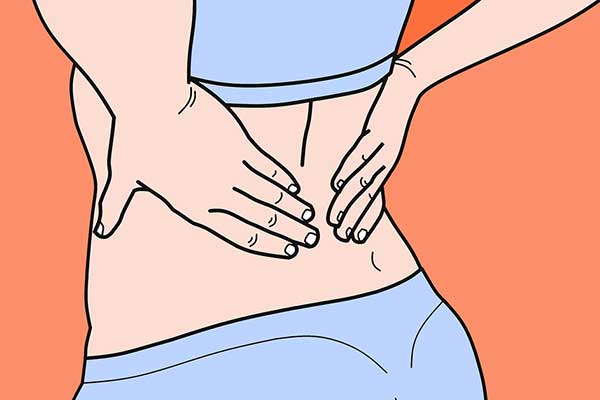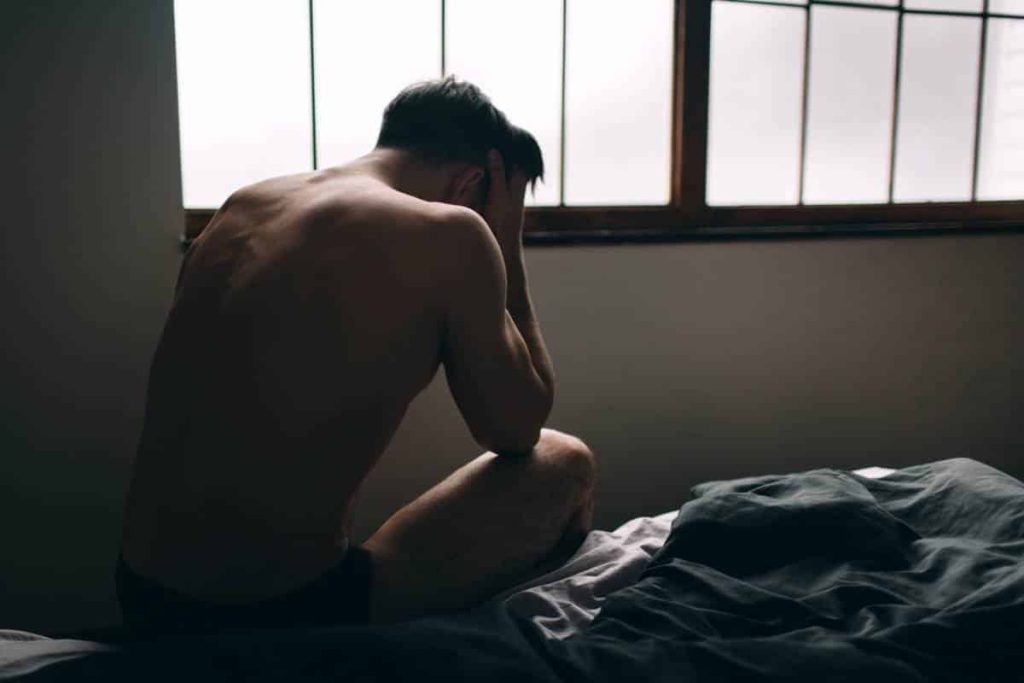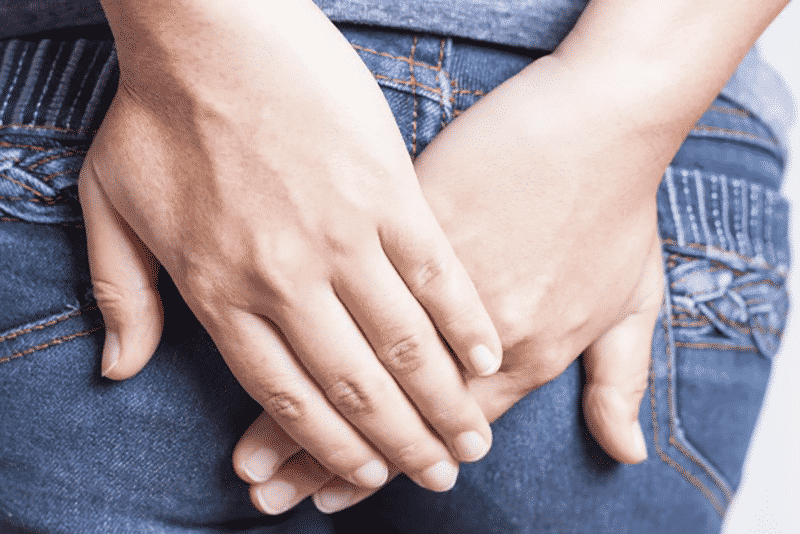Acute low back pain, better known as lumbago, is a mild but very painful condition. Find out what a back strain really is and how to recognize it. Identify the symptoms of lumbago to better treat yourself. Everything you need to know about back pain: definition, symptoms and treatment.
Summary
Causes of lumbago
This muscle condition is caused by a bad gesture, a sudden effort or the carrying of a heavy load. In general, lumbago occurs after carrying out a gesture in a bad posture. But, there are lesser known causes such as a coughing fit.
Commonly called « kidney turn », lumbago actually has nothing to do with the kidneys. We distinguish two kinds of low back pain : chronic low back pain which requires long-term treatment, and acute (or transient) low back pain. Lumbago refers to this last type of low back pain. In case of lumbago, the intervertebral discs are affected. This causes irritation or compression of a nerve.
Some people are more prone to back pain than others. Indeed, there are risk factors:
- repeated bad gestures and postures. The back is not protected;
- excess weight;
- a sedentary lifestyle;
- physical work requiring the carrying of heavy loads, or repetitive;
- pregnancy causing excessive arching;
- insufficient abdominal or back muscles;
- history (scoliosis, for example).
Note, athletes are more likely to make false movements.
symptoms of lumbago, recognize them
The pain caused by a lumbago is easily recognizable. The muscle condition is manifested by sudden pain of varying intensity, from moderate to severe, in the lower back or lumbar region. Sometimes the pain radiates to the top of the buttocks or even the thigh and causes a blockage. Be careful not to confuse lumbago with sciatica which has common characteristics. Acute low back pain does not go beyond the knee. If so, it is sciatica or lumbosciatalgia.
Acute low back pain, care and treatment
The pain can seem overwhelming. However, lumbago is not serious. Generally, evil disappears by itself after a variable time between 48 hours and 4 weeks.
What to do in case of lumbago? There are tips for relieving the pain caused by the muscle condition. Rest and moderate your movements. Generally, lying on your back relieves the pain. Note, rest does not mean bed rest, in which case muscle wasting could delay healing. Generally, a complete rest is observed during the 48 hours, but not beyond.
Taking paracetamol is recommended. This non-prescription medication helps relieve pain. Please note that the administration of paracetamol should not exceed 4 doses per day. Respect an interval of at least four hours between each dose.
An osteopath can also relieve pain. However, this solution is only of interest in the short term.
If you consult a doctor, be aware that any X-ray type examination is useless. It is only in case of suspicion of osteoarthritis or inflammatory rheumatism that an assessment will be carried out. Your doctor may prescribe analgesics, non-steroidal anti-inflammatory drugs or muscle relaxants. Your GP will also show you gymnastic movements to repeat daily.
On the other hand, if your back pain is accompanied by other symptoms such as sudden incontinence, inability to urinate, numbness in the legs, fever, chills, pain towards the jaw, left arm or chest, consult a doctor in emergency or call 15 or 112.




